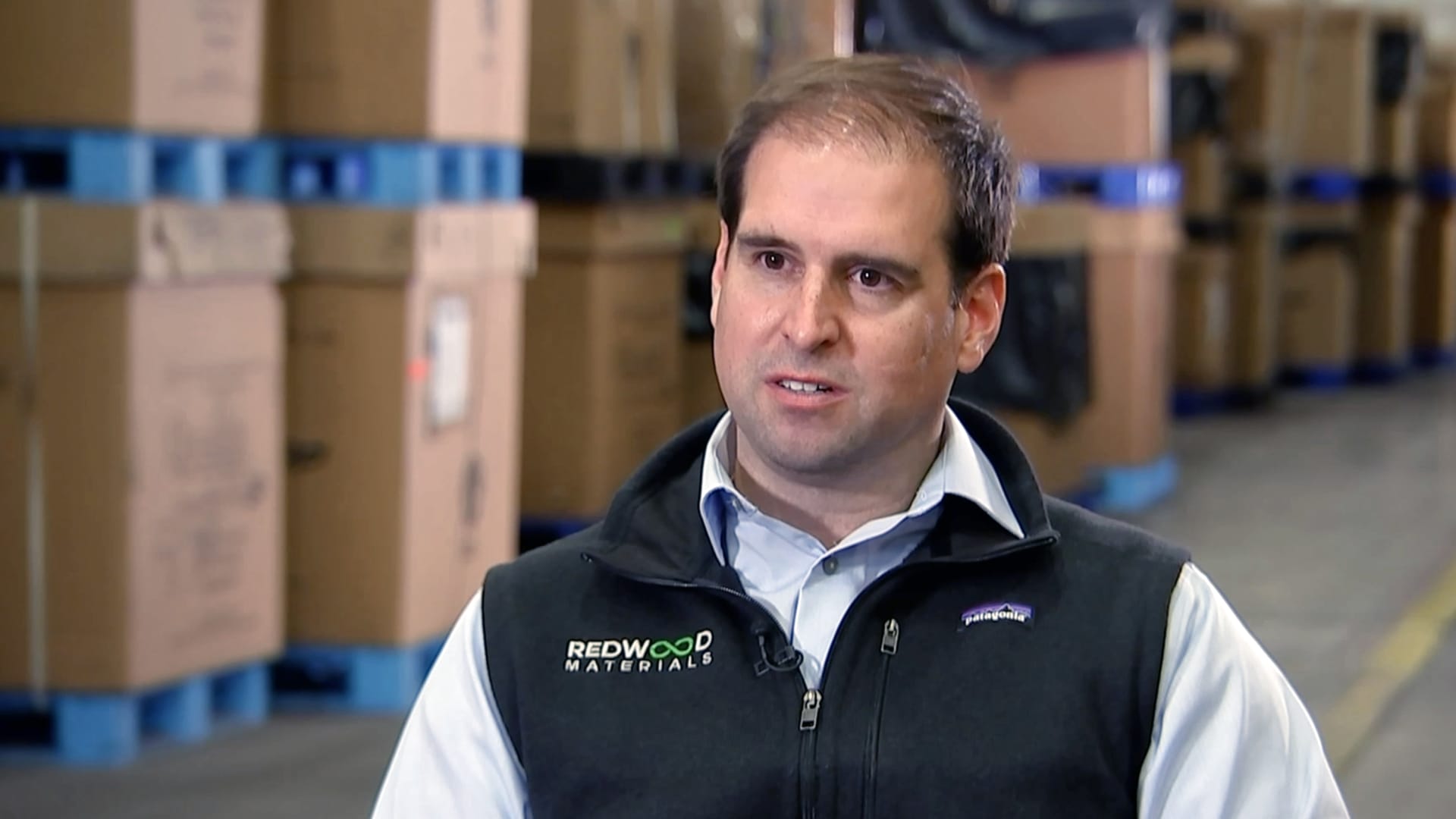Technology
Thursday, December 14th, 2023 3:19 pm EDT
Key Points
- LinkedIn’s Reversal on Azure Migration: LinkedIn, which initially announced plans to move its data center technology to Microsoft’s Azure cloud in 2019, has decided not to proceed with the project, codenamed “Blueshift.” This marks a significant reversal for LinkedIn, especially considering that Microsoft acquired the company for $27 billion three years prior. The decision not to migrate to Azure is viewed as a setback for Microsoft, which is actively competing with Amazon Web Services in the lucrative cloud infrastructure market.
- Setback for Microsoft and Growth of Azure: Microsoft, relying on cloud technology and services for substantial growth, faces a setback with LinkedIn’s decision. This reversal is particularly noteworthy as Microsoft CEO Satya Nadella had previously overseen the cloud business before assuming his current role in 2014. The move to Azure was initially seen as a strategic advantage for LinkedIn, providing access to innovations, hardware, and global scale. However, issues with the planned migration, coupled with the incredible demand for Azure services, led LinkedIn to pause the migration project and allocate resources elsewhere.
- Current Usage of Azure and Internal Changes: Despite the decision to pause the Azure migration, LinkedIn continues to use Azure for certain services. The company is actively leveraging Azure to complement its infrastructure needs, running 100 employee-facing applications on the platform. LinkedIn’s Chief Technology Officer, Raghu Hiremagalur, communicated to research and development employees that the focus would shift to scaling and innovating on-premises infrastructure. The decision arose from the high demand for Azure and the platform’s growth, prompting a reallocation of resources to external Azure customers. Issues with the migration reportedly stemmed from LinkedIn’s attempt to use its proprietary software tools rather than those readily available on Azure. Additionally, LinkedIn is constructing an additional data center to meet its computing needs.
LinkedIn has decided to halt its data center technology relocation project, codenamed “Blueshift,” to Microsoft’s Azure cloud, according to sources familiar with the matter. This marks a significant reversal for LinkedIn, which initially announced its plan to migrate to Azure in 2019, three years after Microsoft’s acquisition of the company for $27 billion. Although LinkedIn had been using Azure for specific tasks, the decision not to proceed with Blueshift represents a setback for Microsoft, which is vying with Amazon Web Services in the competitive cloud infrastructure market.
Mohak Shroff, LinkedIn’s Vice President of Engineering, had previously highlighted the advantages of moving to Azure in a 2019 blog post, emphasizing access to a wide array of hardware and software innovations and unprecedented global scale. However, insiders revealed that employees learned about the decision to pause the Azure migration in the previous year. Executives clarified that the project was being put on hold rather than canceled entirely.
In a June 2022 memo to research and development employees, LinkedIn Chief Technology Officer Raghu Hiremagalur stated that while the company would continue using some Azure services, the focus would shift to scaling and innovating its on-premises infrastructure. The decision to delay migrating LinkedIn’s website to Azure was reportedly a mutual agreement between LinkedIn and Microsoft.
The decision to pause the migration was attributed to the immense demand for Azure’s services and the growth of LinkedIn’s platform. Hiremagalur mentioned allocating resources to external Azure customers, highlighting the shift in priorities. LinkedIn confirmed the change in direction but emphasized that it still uses Azure for various purposes. The spokesperson explained that LinkedIn is leveraging Azure for 100 employee-facing applications, utilizing Azure FrontDoor, and working to consolidate datacenter locations.
Issues with the planned migration reportedly arose from LinkedIn attempting to use its proprietary software tools instead of readily available Azure tools. Additionally, LinkedIn is in the process of constructing an additional data center to handle its computing needs.
Under the leadership of Microsoft CEO Satya Nadella, Microsoft has previously moved acquired assets, such as GitHub and Minecraft developer Mojang, to Azure. Azure gained attention for hosting OpenAI’s infrastructure, including large language models like ChatGPT.
In the third quarter of 2022, Microsoft reported a 29% growth in revenue from Azure and other cloud services, while LinkedIn’s revenue increased by 8%. LinkedIn separately announced in November 2022 that it had reached one billion members.
For the full original article on CNBC, please click here: https://www.cnbc.com/2023/12/14/linkedin-shelved-plan-to-migrate-to-microsoft-azure-cloud.html




